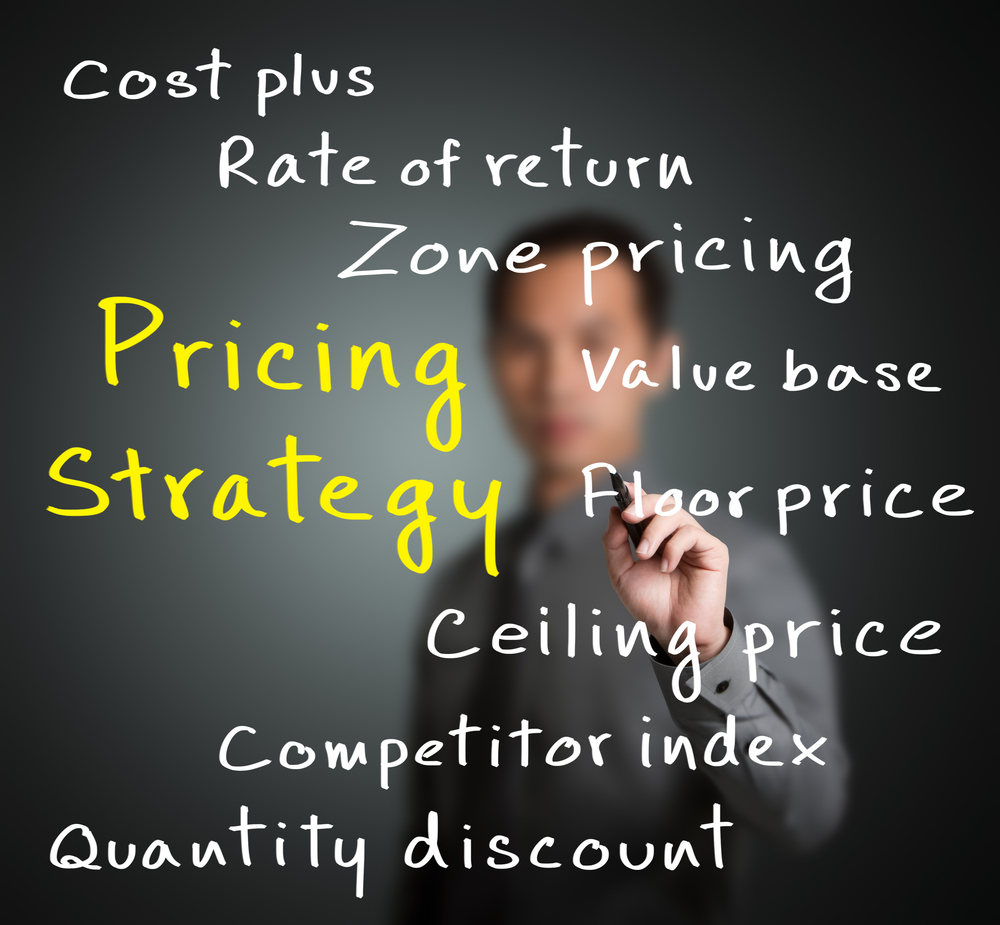Pricing professional services: Cost-plus versus Value-based pricing
Have you ever heard the story about the Steam Train repair expert?
A Steam Train was completely shut down because of a malfunction that no one could identify and fix locally. The train service was losing hundreds of pounds every minute that the problem remained unresolved. Exasperated, the Rail Manager called in an expert to fix the broken Steam Train. When the expert arrived a couple of hours later, he said, “I’m here to fix your problem.” The Rail Manager quickly rushed the expert over to the idle Steam Train. The expert looked at the Steam Train, reached into his tool box to pull out a hammer, and then he hit the train with his hammer. The machine immediately started working, and the railway was back in operation making plenty of money once again. The Rail Manager asked, “How much will that be?” The expert replied, “£1,000.” The Rail Manager could not believe what he was hearing. “Come on,” said, the Rail Manager, “all you did was hit it with a hammer!” The expert replied, “Yes; but the key is that I knew where to hit it with the hammer.” And that pretty much sums up cost-plus versus value-based pricing.
Do you know where to hit the hammer better, faster, or more reliably than the rest? If so, don’t sell yourself short.
There are two simple ways to price your professional services:
- Use cost-plus pricing: Simply take the cost of producing your service and add the amount you need to make a profit (usually a percentage). Generally, this is not a suitable route to take with professional services, because it’s generally suited more for businesses that deal in volumes (so costs can be depressed) or in markets that are dominated by price competition. This approach, unfortunately, ignores market positioning, product lifecycle and what customers are willing to pay for the value they receive. And, because it’s based on your time (a finite resource), you will not find it easy to scale and will effectively create a needless income cap for yourself. If you’re doing this, slowly shed this approach in favour of value-based pricing…
- Use value-based pricing: If you have clearly defined benefits providing you with an advantage over competitors, you can charge what your customers perceive to be the value of your service. In the Steam Train story, you can be assured that the Train Manager happily handed over the £1000, because the cost of not doing so was so much greater.
It didn’t matter that it took the expert less than a minute to fix the problem – the time it took him to provide the value is irrelevant. In fact, it could be argued that the expert that can do it in less time is more valuable the the equally-skilled expert that drags their feet. So, when you go about pricing your services, while it’s advisable to consider your costs (e.g. your time, your materials, your overheads), avoid the temptation to set your prices by simply adding a percentage to your costs. It may be easy, but it’ll cost you. Remember to think about all the benefits you afford, beyond the obvious. Are you
- faster to respond?
- quicker to complete?
- easily accessible out-of-hours?
- exceedingly trustworthy?
- easy to get along with?
- more knowledgable than the rest?
- more experienced or expert in the speciality?
These are all benefits that should factor into the price that your customer is willing to pay.[/fusion_builder_column][/fusion_builder_row][/fusion_builder_container]
